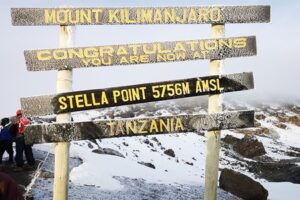
Stella Point: Why It’s Named That & Kilimanjaro History
Table of Contents Why Is It Called Stella Point? The Story Behind the Name | Kili Quests On your final push to the summit of




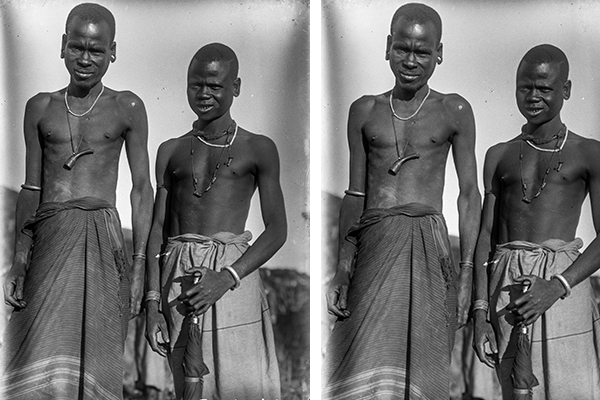
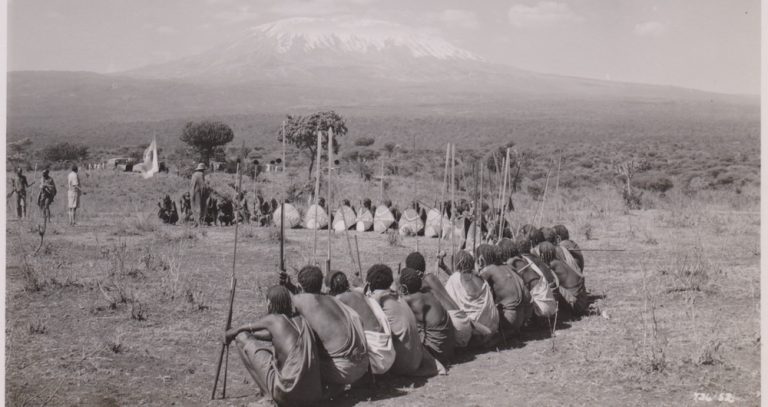
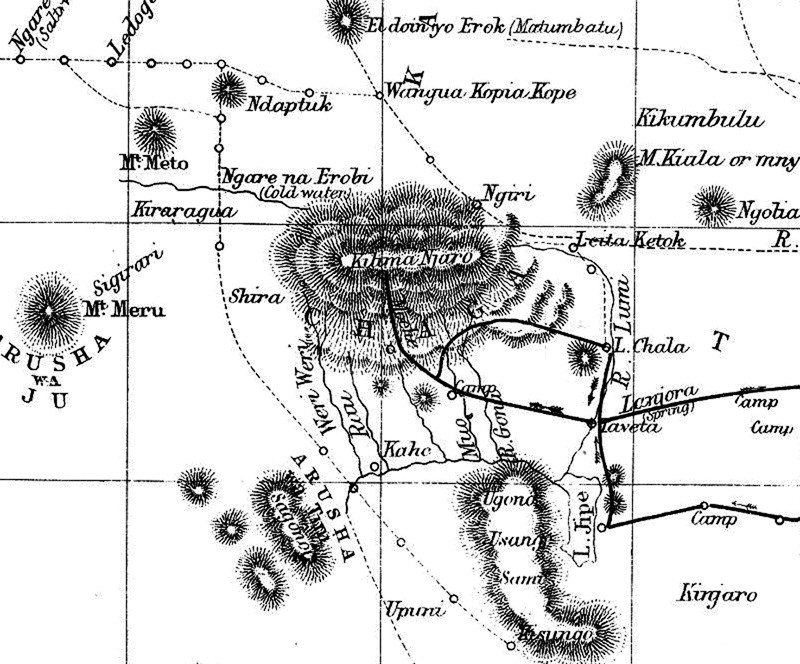

Table of Contents Why Is It Called Stella Point? The Story Behind the Name | Kili Quests On your final push to the summit of
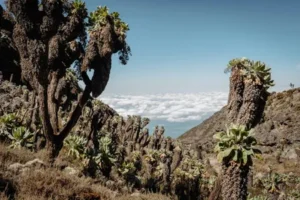
Table of Contents Flora and Fauna on Mount Kilimanjaro: What You’ll See on the Mountain Mount Kilimanjaro isn’t just Africa’s highest peak — it’s
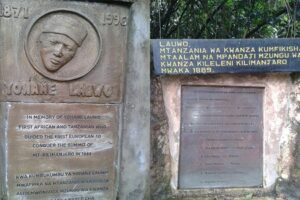
Table of Contents Who Was Lauwo? Tanzania’s First Kilimanjaro Guide | Kili Quests When talking about the first successful ascent of Mount Kilimanjaro, most people
@2025 Kili Quests. All rights reserved.